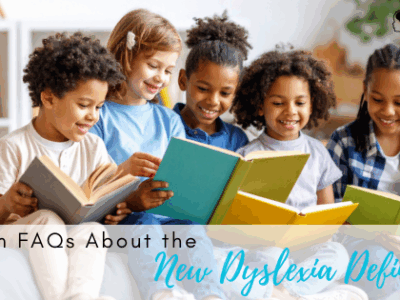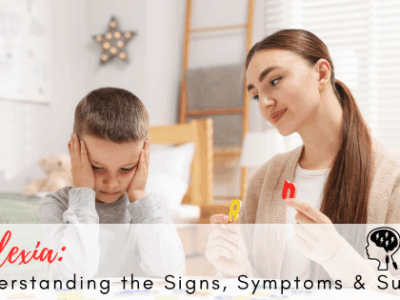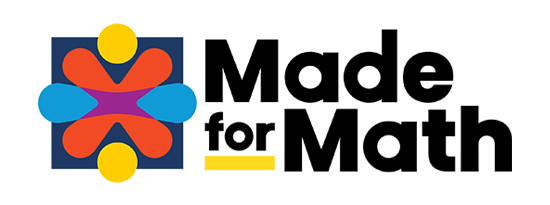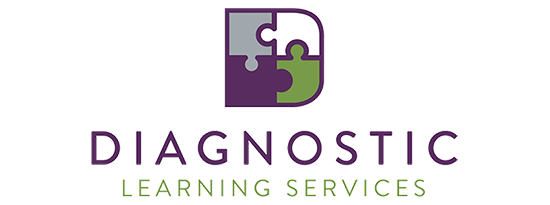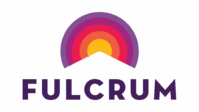
The Parent’s Guide to Dyslexia Testing and Identification
Executive Summary
Early and accurate dyslexia testing is crucial for unlocking the right interventions and classroom accommodations for struggling readers. This guide walks parents through the process of testing, diagnosis, and next steps, empowering them to advocate effectively for their child’s success.
When a student has difficulty reading, there’s a tendency to put effort and energy into solutions such as tutoring sessions, vocabulary flashcards, or teacher conferences. However, if you believe that your child may have a specific learning disability, there is a more important place to start: with yourself. Being a parent of a student with a learning disability means that you have a pivotal role in things like testing, diagnosis, advocacy, and solutions. When a student receives an official identification of dyslexia, it can open the door to more long-term, beneficial solutions, such as additional resources, accommodations, and targeted interventions. As a parent, you can learn more about why your child may be struggling with reading, and you can discover more about dyslexia, too. Read on to learn more about the importance of dyslexia testing and diagnosis in The Parent’s Guide to Dyslexia Testing and Identification.
Work with experts for dyslexia testing. Dyslexia on Demand—the best, most convenient resource for dyslexia therapy—can also do an at-cost dyslexia identification for students. Our testing can be conducted for both children and adults, with a minimum age requirement of mid-first grade or seven years old for dyslexia testing. A dyslexia identification can unlock access to classroom supports through Section 504 and, when appropriate, school-based intervention. More importantly, it can help a child understand that their struggles stem from how their brain learns—not from being “dumb.”
Talk to your child’s teachers. Teachers and special staff at school can be an integral part of your child’s academic success. School teachers and staff can be advocates and allies; for this to happen, clear communication is key. Be sure to meet with them about any concerns you have regarding a possible learning disability; discuss your observations, and assess samples of school work with them. Learn about testing options through school, but also: know your options outside of the school system. Once you have identified the issue, you can ask about the possibility of Individualized Education Programs (IEPs) and a 504 plan.
Can’t we just test through our public school? While there is an opportunity to receive testing in the public school system, it can be a slow, difficult process. Despite laws put in place to help all students to have access to a free and appropriate public education, the resources at public schools cannot always provide the staff or training needed to officially identify learning disabilities in an efficient manner. This is unfortunate, but Dyslexia on Demand can help with solutions for dyslexia testing and diagnosis.
A dyslexia diagnosis requires a committee. Keep in mind that dyslexia isn’t determined by just one person. A team—usually three qualified professionals—reviews the information together and must all agree before a formal identification is made.
How can I get started with Dyslexia on Demand for a diagnosis? The process that we use at Dyslexia on Demand costs $650 for a total of about 4 to 6 hours of testing and report writing in two separate sittings. A hearing and vision test are also required prior to the testing process. Parents will need to complete a Parent Questionnaire and submit any of the student’s previous assessment reports in order to have all essential background information. Click here to access a form on our Dyslexia on Demand website that can indicate your interest in having your child tested for dyslexia.
A trusted solution awaits. Once you have an official dyslexia diagnosis, there are so many opportunities for improving and tailoring instruction for your child. You can also seek the best intervention. The most effective instruction for dyslexia is explicit, systematic, multi-sensory, and phonics-based. This is what is offered through dyslexia therapy at Dyslexia on Demand. We implement tried and true Orton-Gillingham based programs that are led by highly trained Certified Academic Language Therapists. Our virtual program means that families have flexibility for scheduling, leading to consistency and great results for students.
Reach out to Dyslexia on Demand: Are you ready to learn more about the best solution after a dyslexia diagnosis? Request more information or get in touch with Dyslexia on Demand.
FAQs
What is the minimum age for dyslexia testing?
Dyslexia testing typically begins mid-first grade or age seven (whichever comes first), when children have received enough reading instruction to identify patterns of difficulty accurately.
Who determines an official dyslexia diagnosis?
A formal diagnosis must be confirmed by a committee of qualified professionals—based on results from multiple standardized assessments.
Is private testing faster than public-school testing?
Yes. While public schools may offer testing, the process can take months due to limited resources. Private testing through Dyslexia on Demand is faster and can lead to earlier interventions.
References
American Academy of Pediatrics, Council on Children with Disabilities, & Section on Developmental and Behavioral Pediatrics. (2019). Identifying and supporting children with specific learning disabilities. Pediatrics, 144(6), e20193048. https://doi.org/10.1542/peds.2019-3048
Gaab, N. (2017). It’s a myth that young children cannot be screened for dyslexia! International Dyslexia Association. https://dyslexiaida.org/its-a-myth-that-young-children-cannot-be-screened-for-dyslexia/
International Dyslexia Association. (2017). Definition of dyslexia. International Dyslexia Association. https://dyslexiaida.org/definition-of-dyslexia/
National Center for Learning Disabilities. (2020). The state of learning disabilities: Understanding the 1 in 5. NCLD. https://www.ncld.org/
Shaywitz, S. E., & Shaywitz, B. A. (2020). Overcoming dyslexia: Second edition. Vintage.
Snowling, M. J., & Hulme, C. (2020). Interventions for children’s language and literacy difficulties. International Journal of Language & Communication Disorders, 55(3), 255–269. https://doi.org/10.1111/1460-6984.12525


